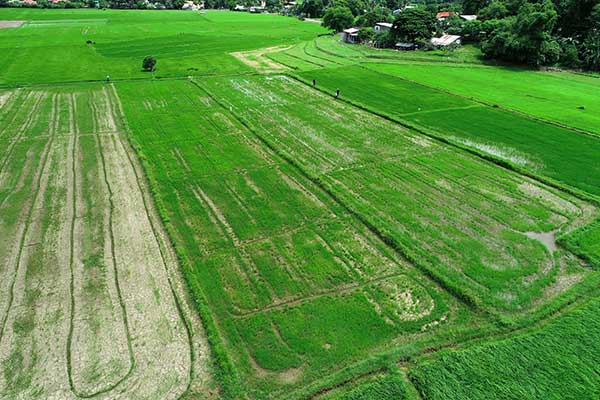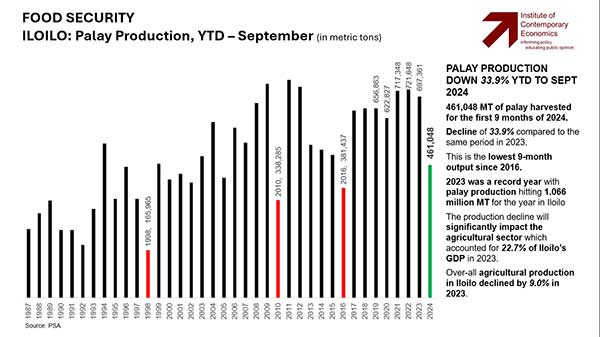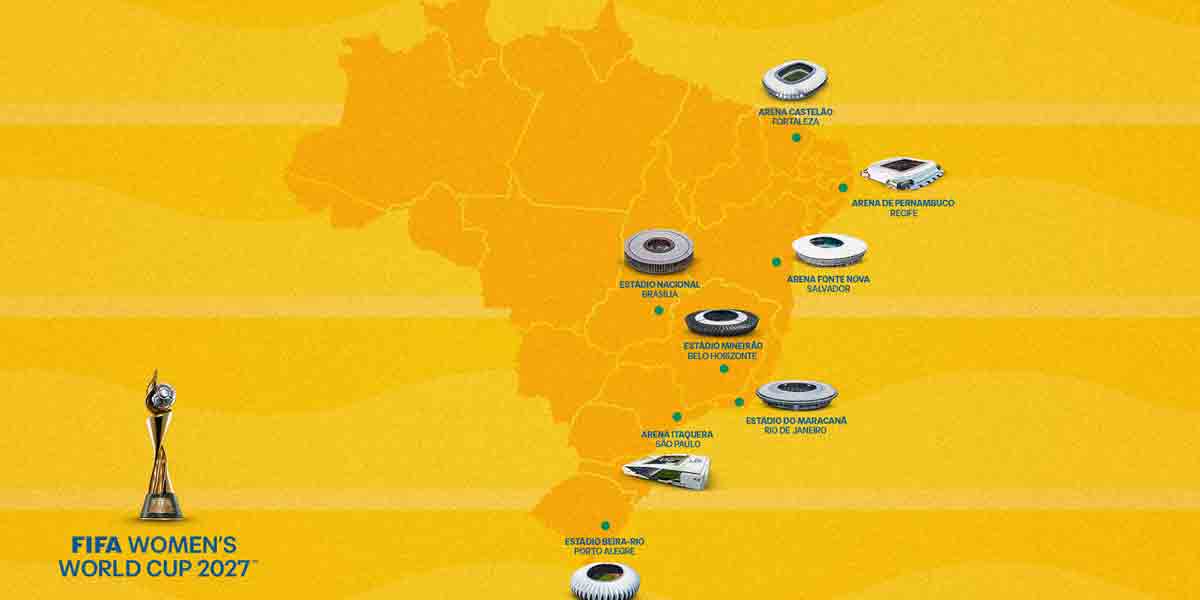
By Francis Allan L. Angelo
The Institute of Contemporary Economics (ICE) in Iloilo released alarming data revealing a sharp decline in the province’s palay production, posing a significant threat to the local economy.
Citing data from the Philippine Statistics Authority (PSA), ICE reported that as of September 2024, Iloilo produced only 461,048 metric tons of palay—a staggering 33.9% drop compared to the same period in 2022.
This is the lowest production in the first nine months of a year since 2016.
The decline comes after Iloilo achieved a record-breaking harvest of 1.066 million metric tons in 2023.
However, the drastic drop in 2024 raises concerns about the future of the agricultural sector, which contributes 22.7% to Iloilo’s gross domestic product (GDP).
ICE emphasized that the decline in palay production is part of a broader downward trend in Iloilo’s agriculture sector.
Overall agricultural output in the province fell by 9.0% in 2023, signaling a potential economic crisis.
The implications of the reduced palay output include:
- Increased rice prices, affecting food security for Iloilo residents.
- Reduced income for farmers, leading to economic hardships.
- Job losses in agriculture and related industries.

QUARTERLY DECLINES
PSA data indicated that Iloilo, a key contributor to palay production in Western Visayas, experienced notable declines in the first three quarters of 2024.
In the first quarter, Iloilo produced 352,573 metric tons, a 2.9% decline from the 363,064 metric tons recorded in 2023.
While maintaining 54.4% of the region’s total output, this modest reduction hinted at a downward trend.
The second quarter saw a steeper decline, with production dropping to 10,022 metric tons, down 36% from 15,656 metric tons in 2023.
Harvested areas also contracted by 18.5%, further contributing to the reduced output.
The most significant drop occurred in the third quarter, with production plummeting to 98,626 metric tons, a 52.9% decrease from the 209,277 metric tons recorded in 2023.
Harvested areas shrank by 69.1%, marking the largest contraction among provinces in the region.
Overall, Western Visayas also experienced a 53% reduction in palay production during the third quarter of 2024 compared to 2023.
The region’s output fell to 341,844 metric tons, down from 726,642 metric tons the previous year.
Irrigated fields, considered more resilient, saw a 41.4% decrease in yield, while rainfed areas recorded a 64.3% reduction.
Poor irrigation and unpredictable weather further compounded the region’s struggles.
Iloilo, which accounted for 54.4% of Western Visayas’ first-quarter output, experienced the sharpest decline, contributing 31.8 percentage points to the region’s overall drop.
Negros Occidental, which overtook Iloilo as the region’s top producer in the latter half of the year, also faced production challenges.
The consistent decline in Iloilo’s palay production puts to fore the compounding effects of reduced harvested areas, unfavorable weather conditions, and rising input costs.
These factors continue to threaten the province’s agriculture sector and overall economic stability.





















